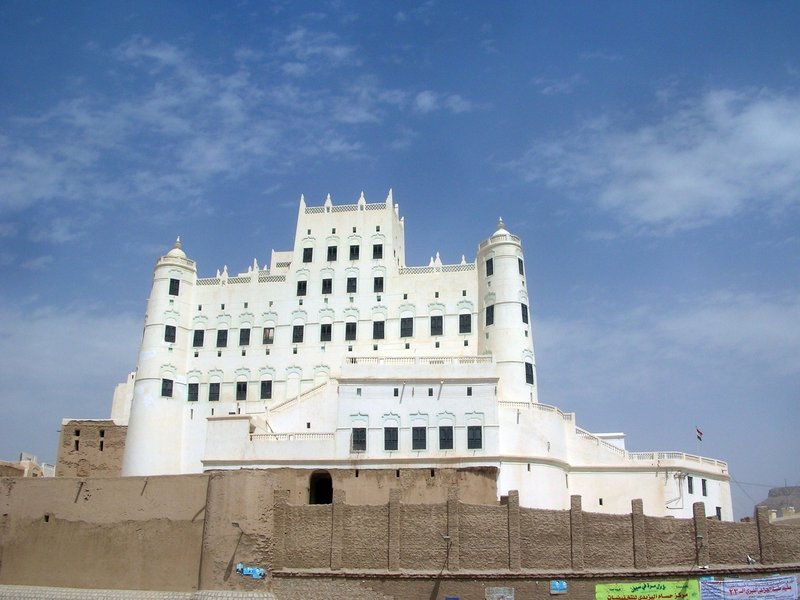Els Slots
Yemen’s New Tentative List
Last Tuesday, Yemen’s new tentative list was published on the UNESCO website. It contained no less than 31 new entries. This was a remarkable event as (a) we rarely see such large updates, and (b) Yemen is a country at war, with a struggling central government, and all its current WHS, except for the archipelago of Socotra, are In Danger.
The New List in numbers
We could have seen this New List coming, as in December 2024, UNESCO reported on a series of online workshops that were held to revise Yemen’s World Heritage Tentative List.
These workshops resulted in 37 new proposals, of which almost all (31) have now been added to the Tentative List. Four out of nine sites from the old Tentative List also remain active. Four of the new sites were replacements for existing ones (one of those is still double-listed on the UNESCO website). Additionally, two FTWHS were incorporated into the newly listed selection.
The Operational Guidelines for the Implementation of the World Heritage Convention do not put a limit on the number of sites on a State’s Tentative List, but speak of an “important planning tool .. as they provide an indication of future nominations” and that they “should be established selectively”. But in my opinion, Yemen went a bit overboard with its high number of TWHS; probably, they did not want to disappoint anyone who participated at this stage. With 36 entries, Yemen now has the 5th biggest Tentative List of all countries. Also, as we see in other large countries, a wider geographical spread of sites across the country has been achieved than in the past.

Common themes
While reading through all descriptions of the new tentative sites, two common themes stand out:
- Vernacular architecture in a mountain setting is the Yemeni thing. At least twelve of its TWHS are or include mountainside villages with interesting architecture. Some are built of adobe, others of brick or stone, depending on what material is available locally.
- Second would be the Incense trade. Yemen was a great producer of frankincense (and myrrh), and these aromatic products were transported over land to its seaports on the Red Sea and Arabian Sea. The trade stimulated the growth of urban centers and the exchange of cultures and ideas. The 12 components of the Old Incense Trade Routes link them all together, including some double entries such as the already inscribed Marib and the TWHS of Shabwa.

Highlights
If I were to get a free ticket to a peaceful Yemen, I would put these new TWHS on my list:
- The historic southern city of Aden got its first two sites. One for its long history of serving as a commercial port, and another for its wetlands that are crucial for birds.
- The sites of the Ma’in Old Kingdom and those of the Kingdom of Qataban include temples of indigenous pagan, pre-Islamic religions.
- The natural site of Erf Mountain, a forested area with juniper trees, leopards and wolves.
Have you visited any of the “new” sites in the past? If you have photos, reviews, or other remarks to share, please do!
More on
Els SlotsComments
No comments yet.
